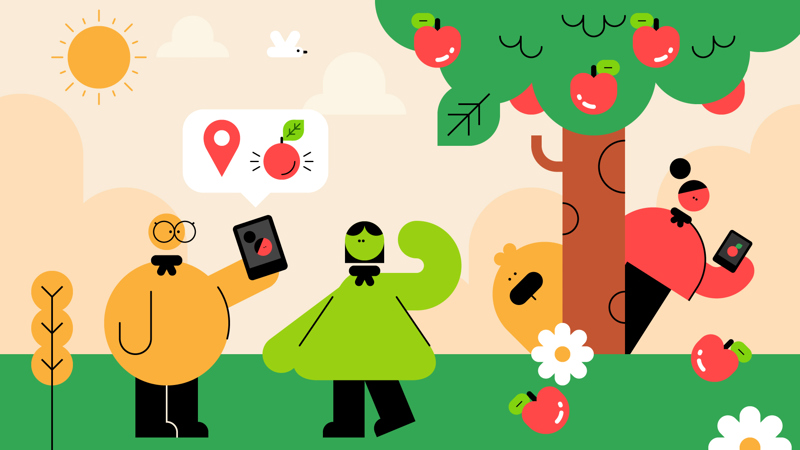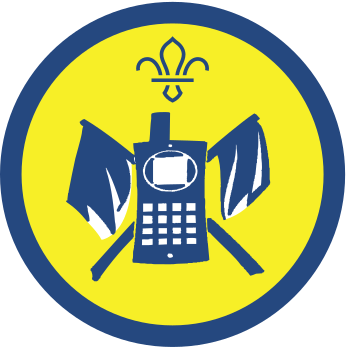
Hide and speak
You’ll need
- Two mobile phones
Before you begin
- It’s a good idea for adult helpers to hide so young people aren’t left hiding alone.
- Use two working mobile phones and store the numbers as contacts. Old phones are perfect for this.
Ready to call?
- An adult helper should hide with their phone on silent. The rest of the group are the seekers.
If the group is larger, ask two or more people to hide, each with a phone. - Everyone should practise making a call by calling to the hider to start the game. They should dial the number; greet the person who answers; tell them they’re ready to play; say goodbye; and hang up by pressing the ‘end call’ button.
- The person leading the activity should give the group a question from the suggestions below.
- When the seekers have a guess, they should call the hider, following the steps they practised. They should tell the hider the question and their answer.
- If they get the answer right, and they followed the correct phone call steps, the hider should give the group a clue to their hiding place. The hider’s clue should be quite tricky, for example, ‘move forward ten paces’, ‘turn left the oak tree’, or ‘I can see a fire extinguisher’.
- The seekers should repeat steps three to five a few times to get more clues.
- Everyone should repeat the game with hiders hiding somewhere else. Use just text messages if the hider is nearby and they might reveal their location by speaking on the phone.
- What are the colours of the Union Flag?
- Which tree produces acorns?
- What do birds have all over their bodies?
- What’s the name of the star that gives us light?
- What number do you call for the emergency services?
- When flipping a coin, what do you call the side with the Queen on it?
- Which organ in our bodies helps us to breathe?
- Should you ask permission before making a phone call?
- Which reindeer had a very shiny red nose at Christmas?
- What are your ears for?
- White, blue and red
- Oak
- Feathers
- Sun
- 999
- Heads
- Lungs
- Yes – you should always try to check with the person who owns the phone or pays the bill before making a call.
- Rudolph
- Listening
Reflection
This activity helped everyone feel more confident and independent as they learned how to make and receive calls. Well done to everyone for finding the hider after some tricky clues.
Everyone should talk about what they need to remember when making a call and why it’s important to be polite, introduce themselves, and find out the information needed. They should think about when it might be useful to make a call or send messages by themselves. Examples might include emergency situations or when they need to tell people they’re running late.
Safety
All activities must be safely managed. You must complete a thorough risk assessment and take appropriate steps to reduce risk. Use the safety checklist to help you plan and risk assess your activity. Always get approval for the activity, and have suitable supervision and an InTouch process.
- Outdoor activities
You must have permission to use the location. Always check the weather forecast, and inform parents and carers of any change in venue.
- Phones and cameras
Make sure parents and carers are aware and have given consent for photography.
Make the clues harder or easier; the hider could give hints about what they can see, feel or hear.
Support everyone making and receiving calls where needed. Anyone struggling with communication skills could potentially use text messages or emojis.
All Scout activities should be inclusive and accessible.
Play this as a wide game and set outdoor tasks instead of questions.

